Identifying the main insect pests in urban environments
Urban areas are particularly affected by a variety of insect pests. Among the most problematic are cockroaches resistant to conventional insecticides, carpenter ants that attack wooden structures, and bedbugs whose proliferation is encouraged by human movement.
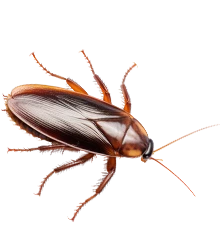
Cockroaches: resistance
and adaptation
German cockroaches, the most widespread cockroach species, are developing increasing resistance to insecticides. Their adaptability and rapid reproductive cycle make them formidable adversaries in pest control.
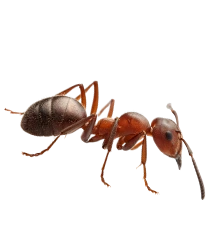
Ants: a silent
invasion
Carpenter ants, such as Camponotus ligniperdus, infiltrate homes by burrowing into the wood. Their presence can cause major structural damage, requiring rapid, targeted intervention.
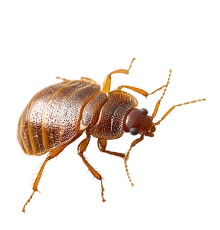
Bedbugs: the scourge
of urban areas
The resurgence of bed bugs, particularly the Cimex lectularius species, poses a major health problem in your room. Early detection is crucial to avoid widespread infestation and costly treatments.
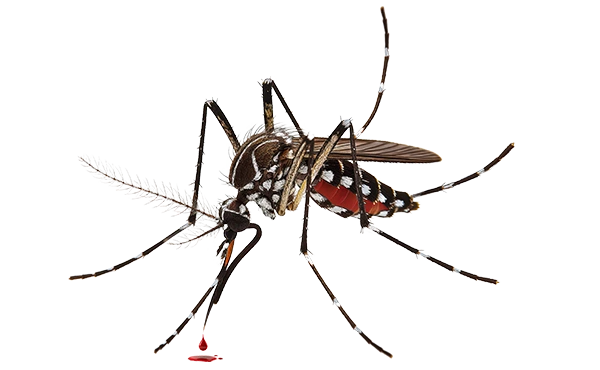
Emerging pests
Tiger mosquitoes: disease vectors
The tiger mosquito, Aedes albopictus, has spread rapidly in urban areas. A potential vector of diseases such as dengue fever and chikungunya, its eradication has become a public health priority. Control methods include the elimination of stagnant water and the use of CO2 traps.
The proliferation of tiger mosquitoes requires a global approach, combining individual and collective action. Raising public awareness plays a key role in preventing breeding sites and reducing populations of these insect vectors.
Preventive strategies
Control and prevention methods
infestations
Infestation prevention is based on an integrated approach, combining regular inspection, the use of physical barriers and the maintenance of an environment that is not conducive to pest development. Early identification of signs of infestation enables rapid and effective action.
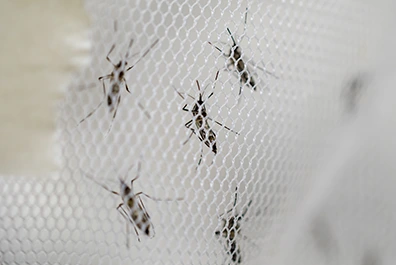
Physical barriers
Installing screens, caulking cracks and using gaskets are effective barriers against insect intrusion. These preventive measures reduce the risk of infestation.
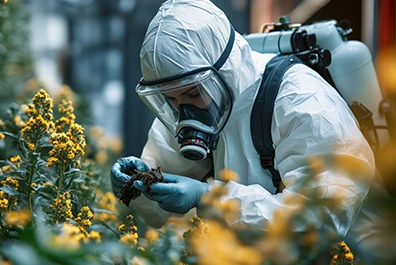
Professional inspection
Careful inspection by urban entomology experts can detect areas at risk and early signs of infestation. This step is crucial to establishing a targeted and effective control plan.

Environmental management
Reducing sources of humidity, eliminating organic debris and storing foodstuffs properly all help to create an unfavorable environment for insect pests.

Eradication techniques
Targeted and effective extermination strategies
Modern extermination methods favor targeted, environmentally-friendly approaches. The combination of chemical, physical and biological techniques delivers long-lasting results while minimizing the impact on non-target ecosystems and human health.

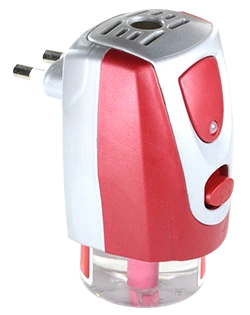
Green innovations
Integrated pest management
Integrated pest management (IPM) combines different methods for optimum control. It includes the use of pheromone traps for flying insects, the targeted application of low environmental impact insecticides and the use of natural predators such as nematodes against the larvae of certain insects.
- Localized heat treatments
- Low-toxicity fumigation
- Specific pheromone traps
- Targeted microencapsulated insecticides
- Use of biological beneficials
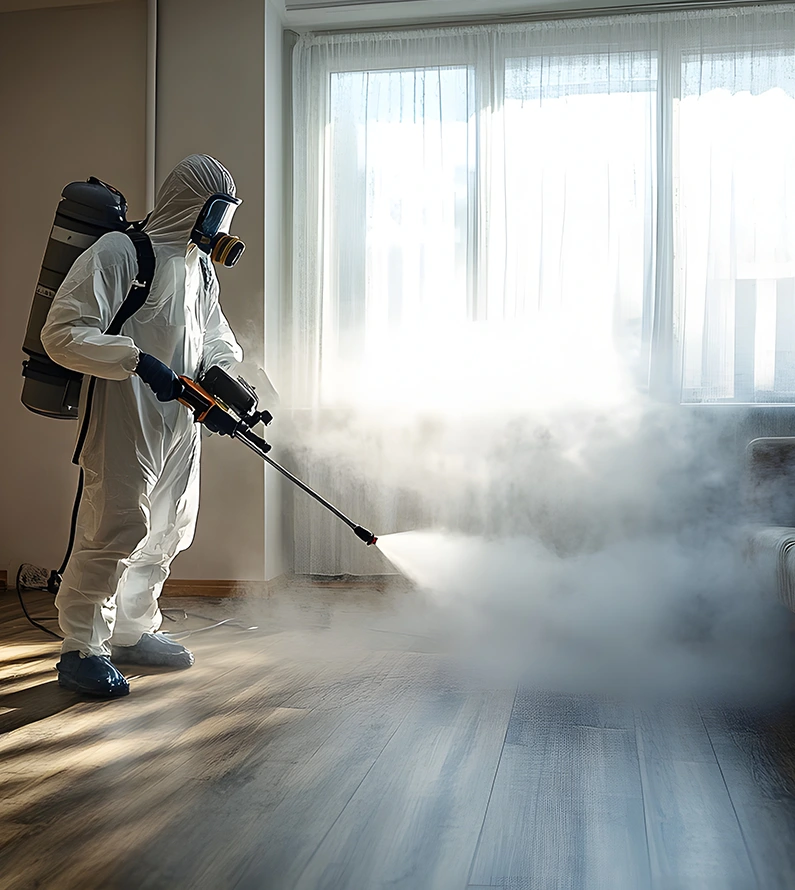
Health risks
The impact of insect pests on public health
Insect pests represent a significant risk to public health. As vectors of disease, potential allergens and sources of psychological stress, their presence in the human environment calls for constant vigilance and appropriate control measures to prevent health problems.
Health prevention
Risk management for insect vectors
Managing the health risks associated with insect vectors requires a multidisciplinary approach. It combines epidemiological surveillance, insect population control and public education on individual and collective protection measures against bites and contamination.
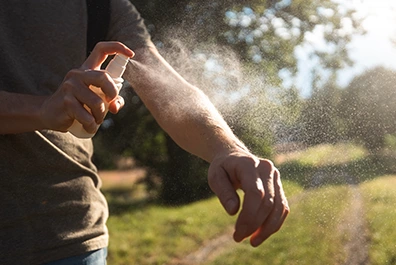
Pest
protection
The use of skin repellents, the wearing of covering clothing and the installation of impregnated mosquito nets are effective personal protection measures against the bites of disease-carrying insects.
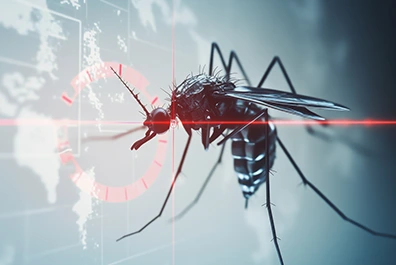
Epidemiological surveillance
Entomological surveillance networks enable us to monitor the evolution of insect vector populations and anticipate the risk of epidemics. This health watch guides control strategies.
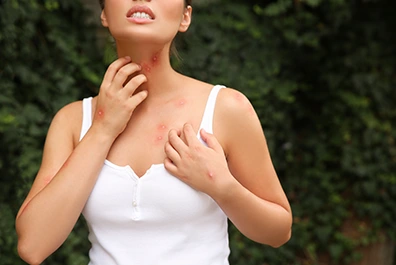
Education and
awareness
Information campaigns on preventive measures and signs of infestation play a crucial role in pest control. They enable collective mobilization and early detection of problems.

Ecosystem approach
Towards sustainable management of urban insect populations
The ecosystem approach to pest management aims to re-establish a natural balance in urban environments. It promotes biodiversity to limit the proliferation of problem species, while preserving beneficial insects. This strategy is part of a sustainable urban development approach that respects the environment.


